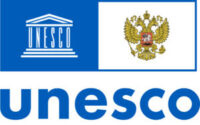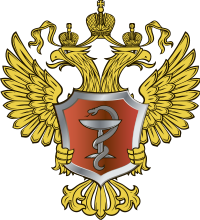Representation of children's ideas about good and evil in the context of digital socialization
Keywords
children, teenagers, good and evil, representation, verbal and figurative representation
Abstract
An ambiguous assessment of the consequences of the use of "digital tools" by children in educational, cognitive and socio-communicative activities actualizes the problem of "digital socialization". In the studies of the cognitive sphere, multiple data have been obtained confirming a serious transformation of the consciousness of the “digital generation” (Soldatova G.U., Rasskazova E.I., Nestik T.A.). The purpose of the study is to determine the features of the moral consciousness of children and adolescents in the projection on the problems of good and evil (Popov L.M. and others). The questionnaire is aimed at identifying ideas about good and evil, as well as the characteristics of good and evil people. The sample consisted of 50 people: of them, primary school – 28, and teenagers - 22) of the school in Samara. The content of the representative components of children's consciousness is determined both in sign-verbal and figurative-symbolic forms. The level of generalization in the forms of verbal consciousness in children aged 8-9 is lower in comparison with adolescents aged 14-16. Kindness in children and adolescents is characterized by empathy, love, help to others; evil - causing suffering, intolerance, humiliation, violence, etc. Visual images of goodness in adolescents are predominantly symbolic (sun, heart, clouds); in the images of good there are warm tones of orange, yellow, green. Evil is depicted with menacing faces and symbols in black colors. The younger schoolchildren have fewer symbols in the image of good and evil, there are more human figures. In the figurative representations of children and adolescents, there is no clear representation of the "markers" of digital socialization in the subjective attitude to good and evil. It was also not possible to identify any signs of positive or negative "traces" of the social network activity of children and adolescents associated with the categories of good and evil.
Prezentation

Russian Psychological Society
e-mail: ruspsysoc@gmail.com

Federal Scientific Center for Psychological and Interdisciplinary Research,
Moscow, Russia
e-mail: forumdigitalchildhood@gmail.com

Psychology Department of the Lomonosov Moscow State University,
Moscow, Russia
e-mail: psy@psy.msu.ru









